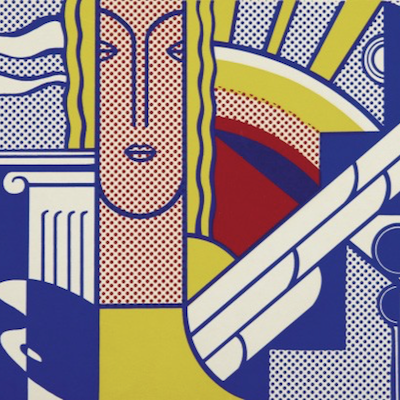
What is late modernism?
Late Modernism refers to the continuation and evolution of Modernist principles in art, architecture, and literature from the mid-20th century into the late 20th century. This movement maintains a focus on form, abstraction, and the rejection of traditional styles, but it often incorporates more complexity and ambiguity compared to early Modernism. Late Modernism explores themes such as alienation, identity, and the fragmentation of reality, reflecting the social and cultural shifts of the post-war period. It is seen in the works of architects like Louis Kahn and artists like Francis Bacon, who pushed the boundaries of Modernism while responding to the changing world around them.
Show All
- Show All
- Established
- Discoveries
A,B,C
ARTWORKS RELATED TO LATE MODERNISM
Andy Warhol
Wild Raspberries IV.126A (Waterzoie for Cecil Beaton), 1959
Limited Edition Print
Offset Print
Inquire For Price
Roberto Matta
Untitled XXI (from Come Detta Dentro Vo Significando), 1962
Limited Edition Print
Lithograph
Inquire For Price
Man Ray
Untitled (from On the Origin of Species by Irrational Selection), 1971
Limited Edition Print
Lithograph
Inquire For Price
Roberto Matta
Untitled (from Fog Mog Magog), 1971
Limited Edition Print
Lithograph
Inquire For Price
Alexander Calder
Untitled (from Graphikmappe Hochschule St. Gallen), 1967
Limited Edition Print
Serigraph
Currently Not Available
Roberto Matta
Untitled (from The International Association of Art Portfolio), 1970
Limited Edition Print
Screen-print
Inquire For Price
Joan Miró
Untitled X (from Flux de l'Aimant), 1964
Limited Edition Print
Etching and Aquatint
Inquire For Price
Joan Miró
Untitled (from Quelques Fleurs Pour Des Amis), 1964
Limited Edition Print
Lithograph
Inquire For Price
Andy Warhol
Muhammad Ali: Full Face, II.182, 1978
Limited Edition Print
Screen-print
Inquire For Price
Claes Oldenburg
Proposal For A Civic Monument In The Form Of Two Windows, 1982
Limited Edition Print
Lithograph
Inquire For Price

Mixed media refers to artwork that incorporates more than one medium within a single piece. Unlike multimedia art, which combines distinct forms of visual art and often includes elements like sound, video, or digital media, mixed media focuses on combining traditional art materials, such as paint, ink, and collage. Mixed media art allows artists to achieve a wide range of effects and textures by layering and blending different materials.

Installation art is a three-dimensional artistic genre that involves site-specific works designed to alter the viewer's perception of space. These works are typically created for interior spaces, such as museums and galleries, but can also be found in private and public locations. Installation art can be temporary or permanent, depending on its purpose and setting.





















